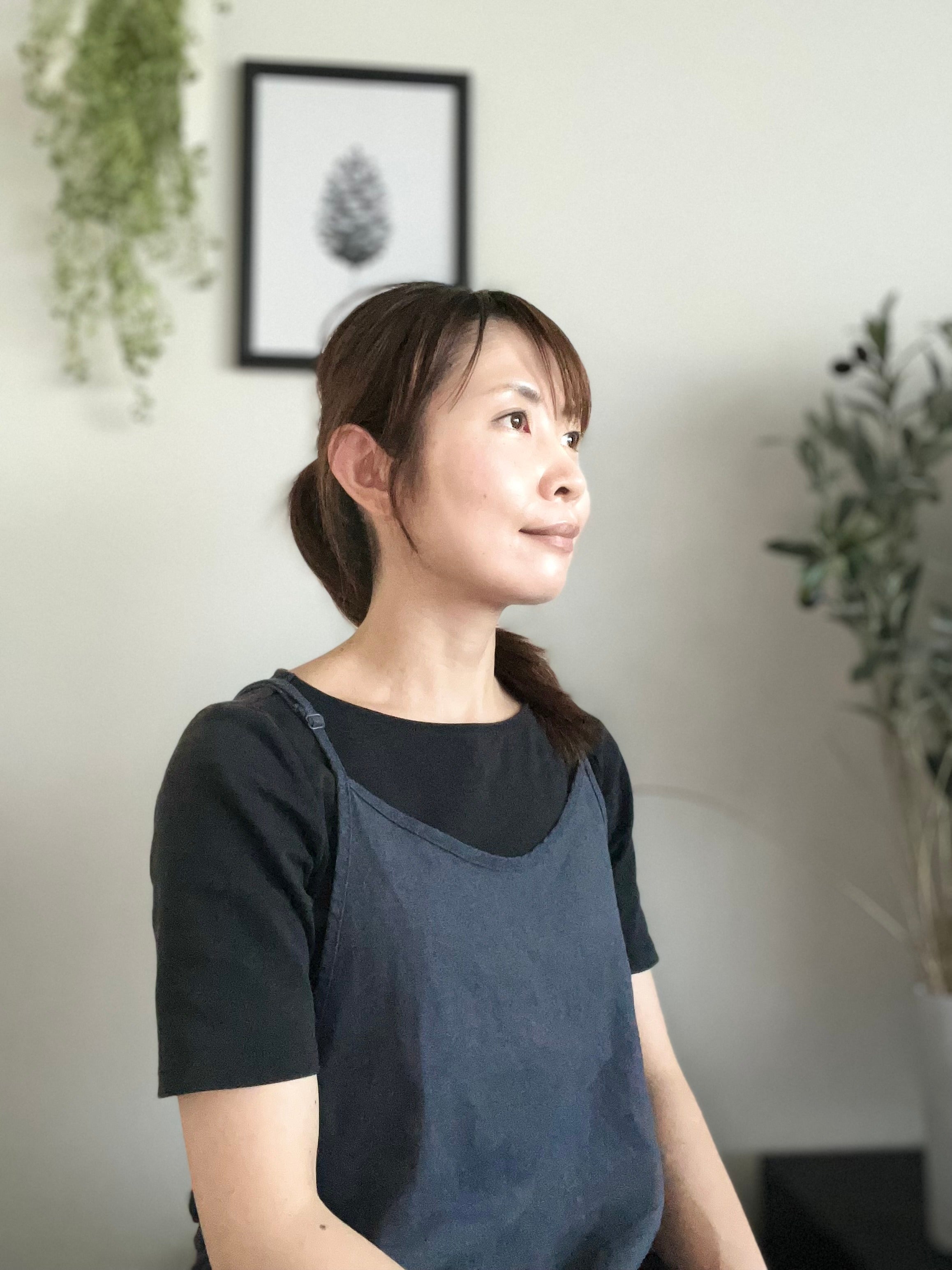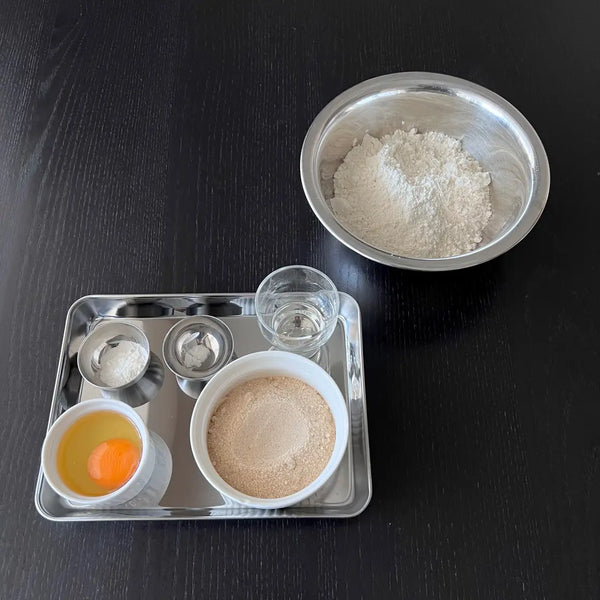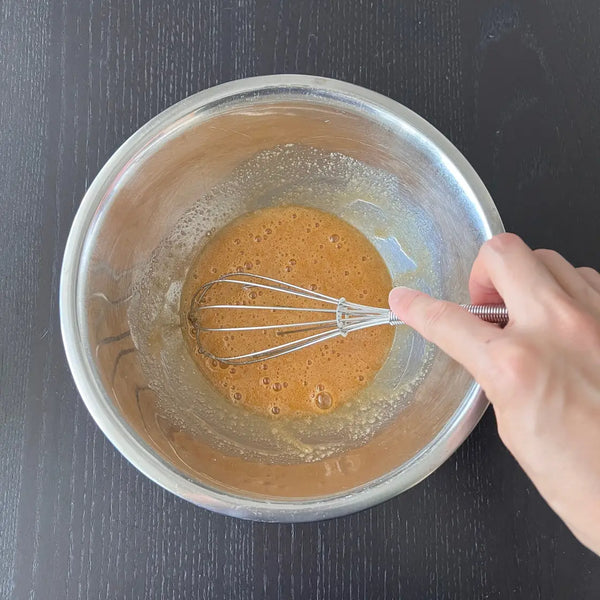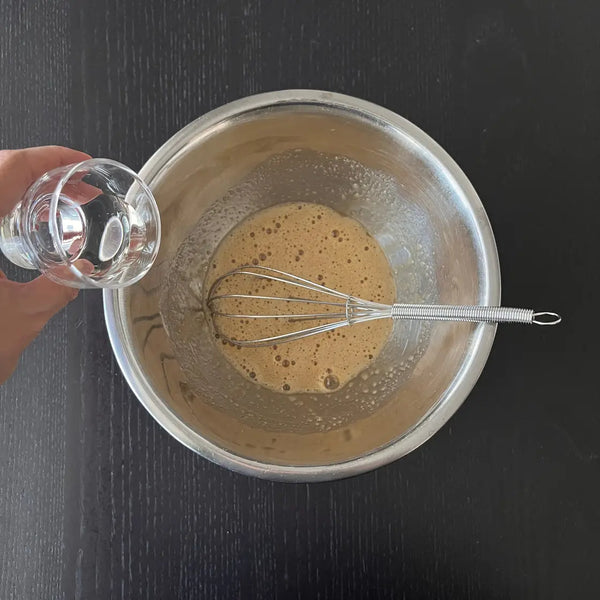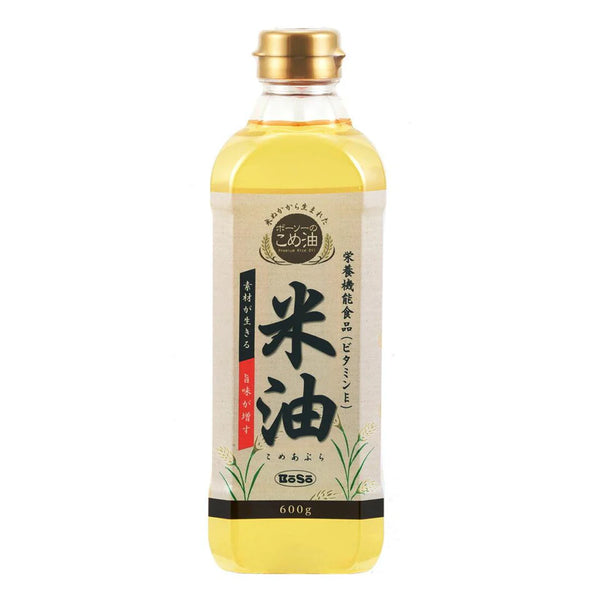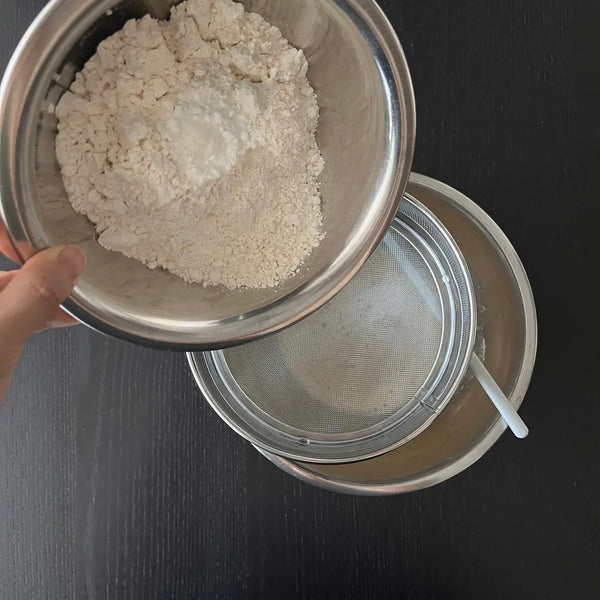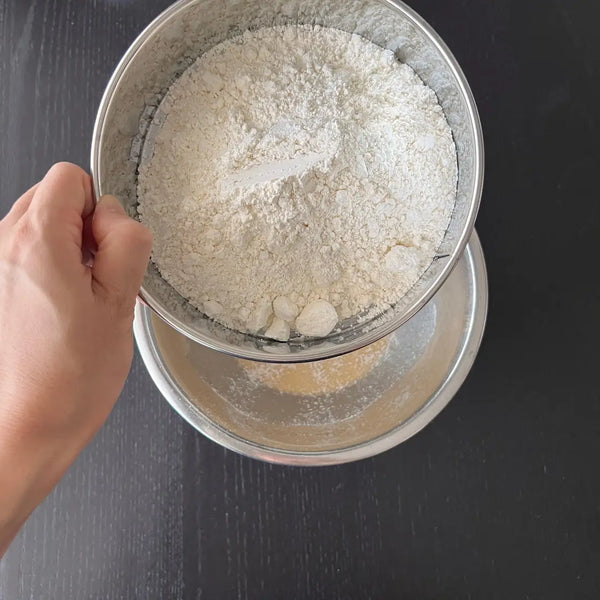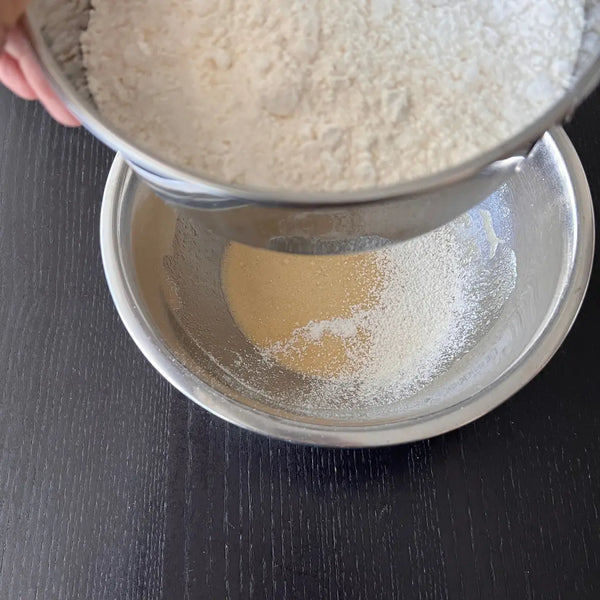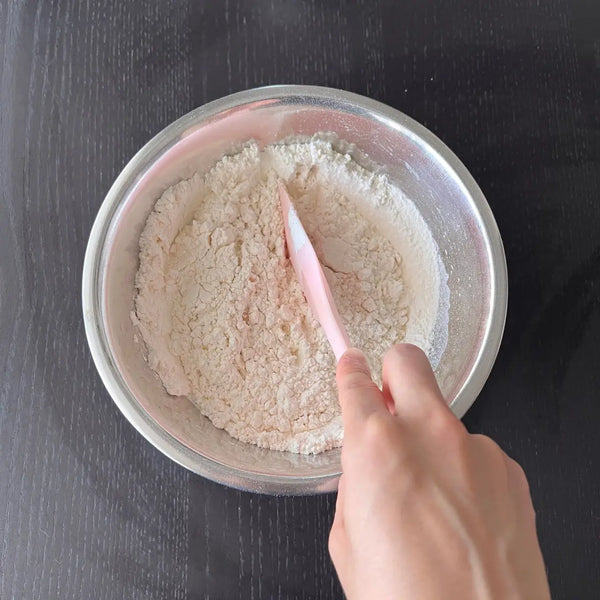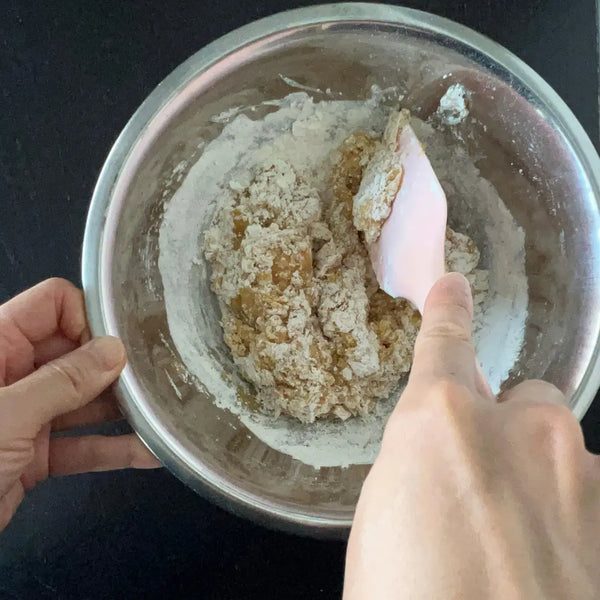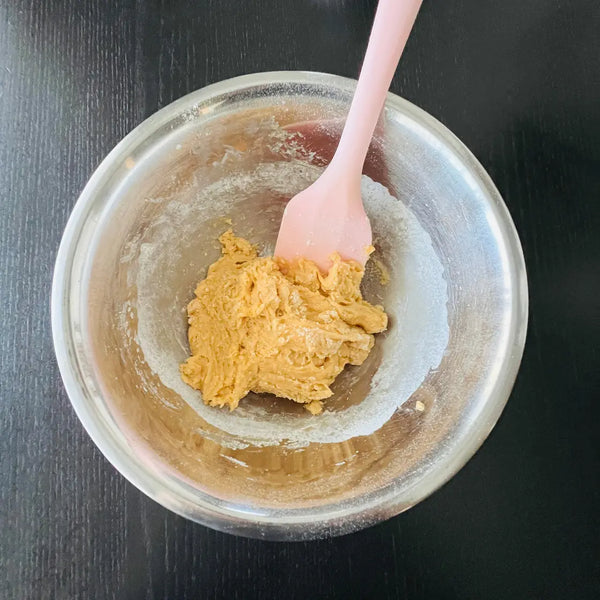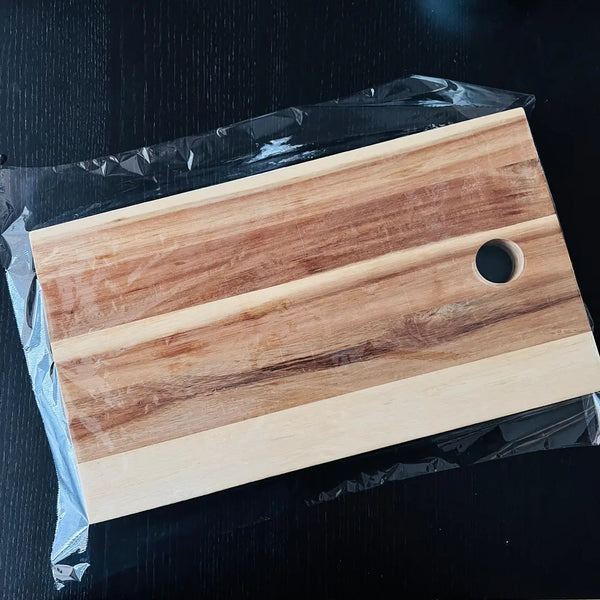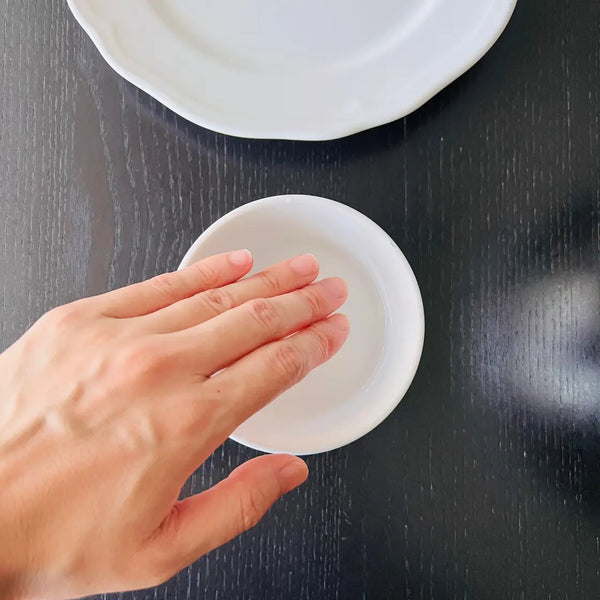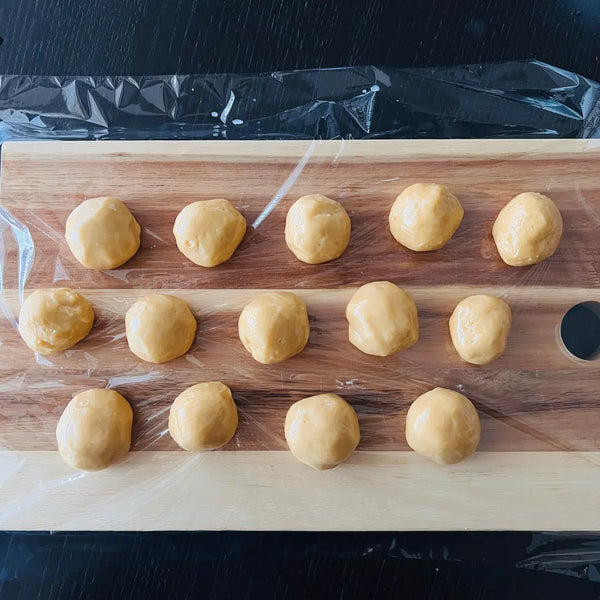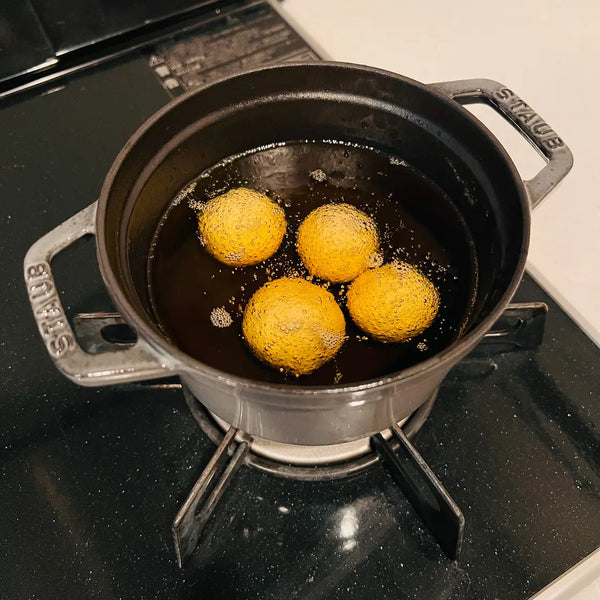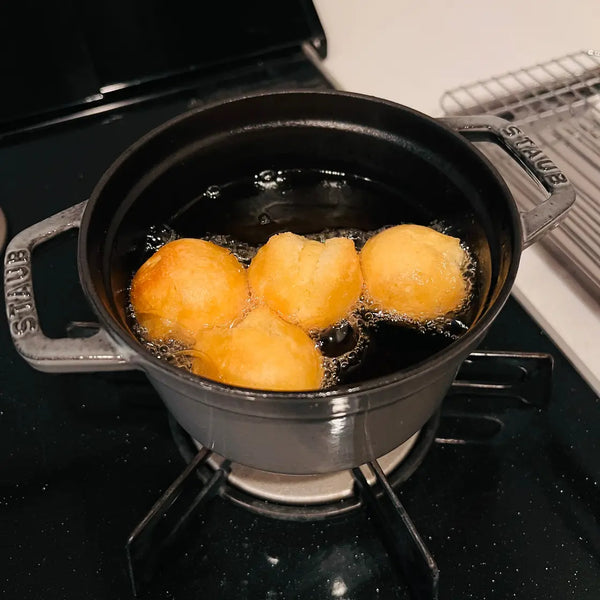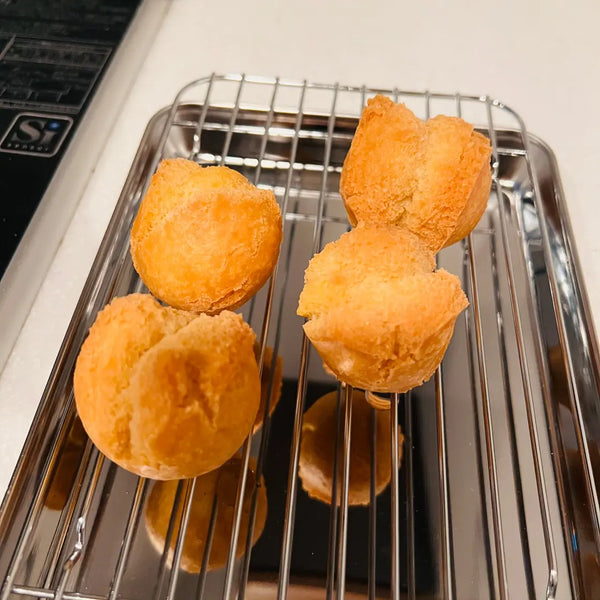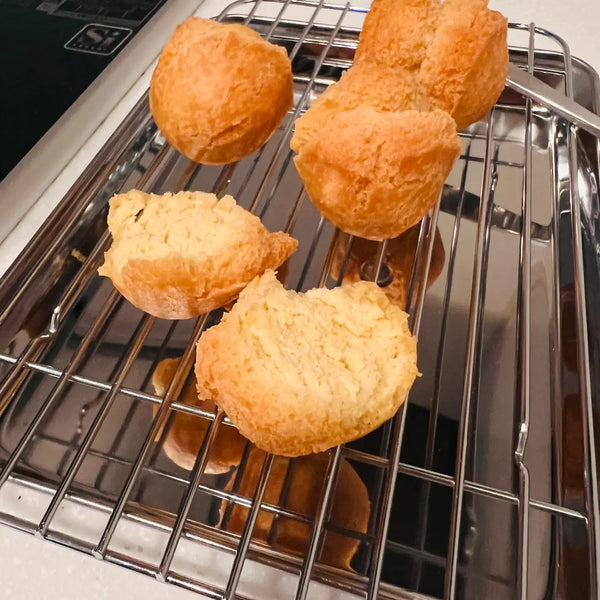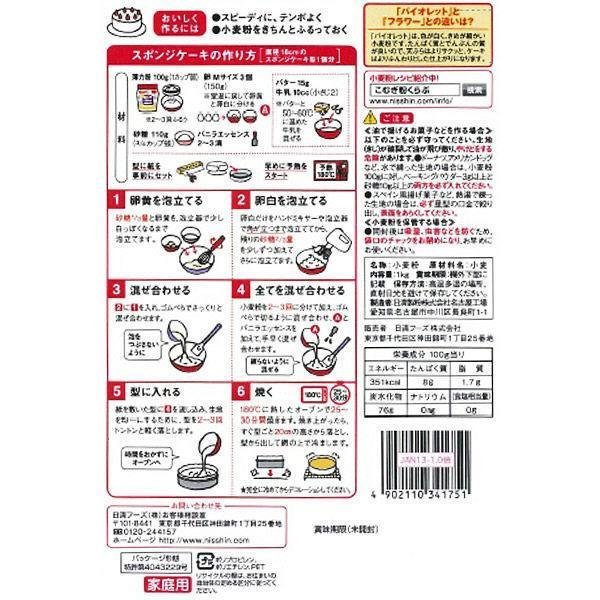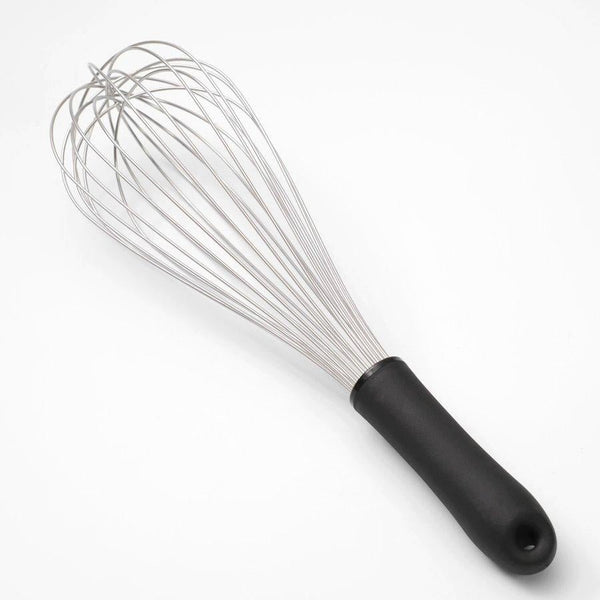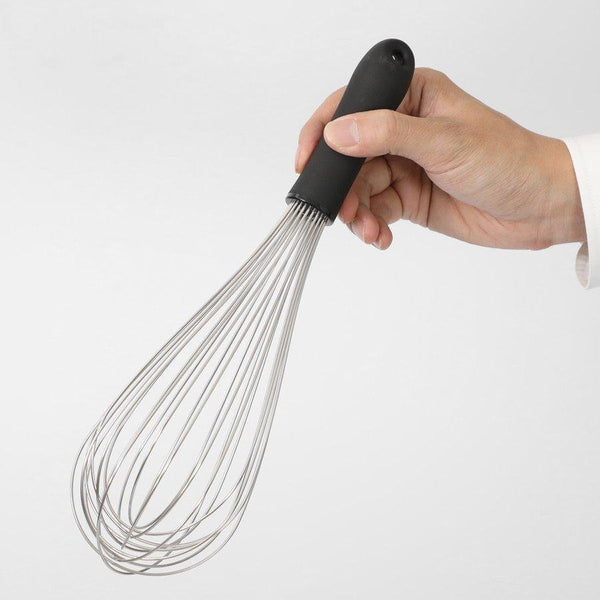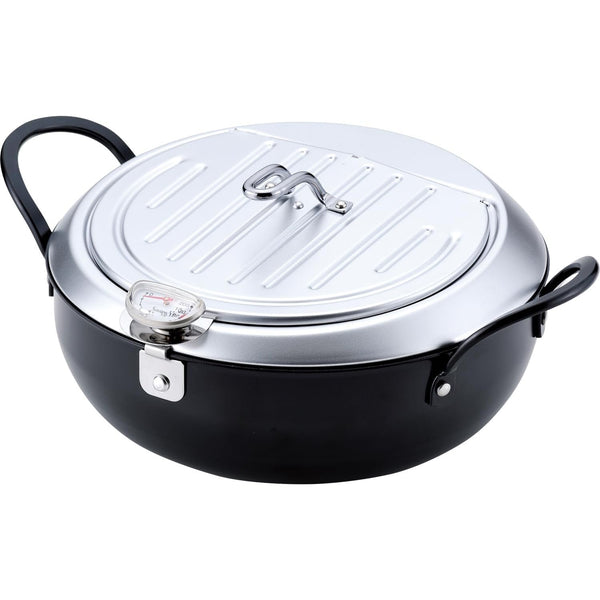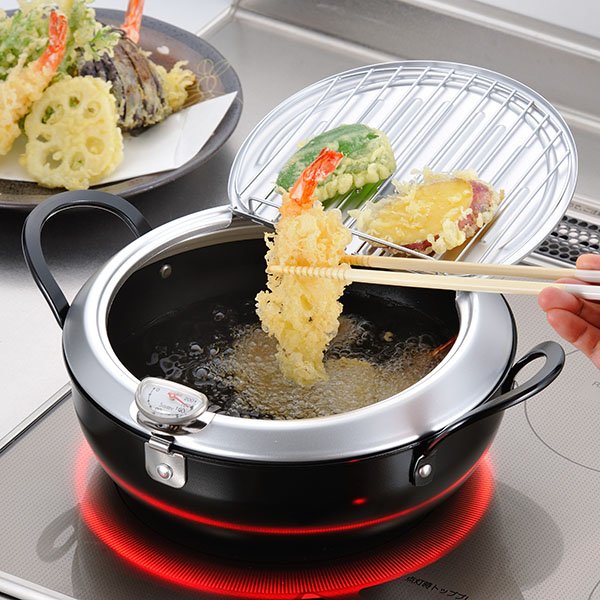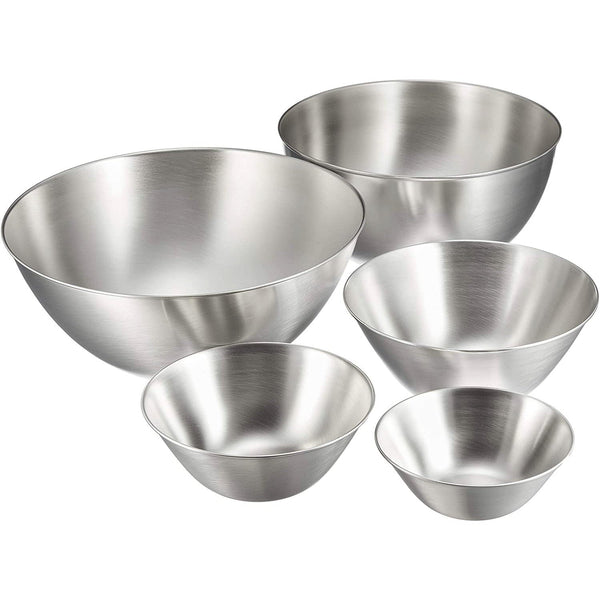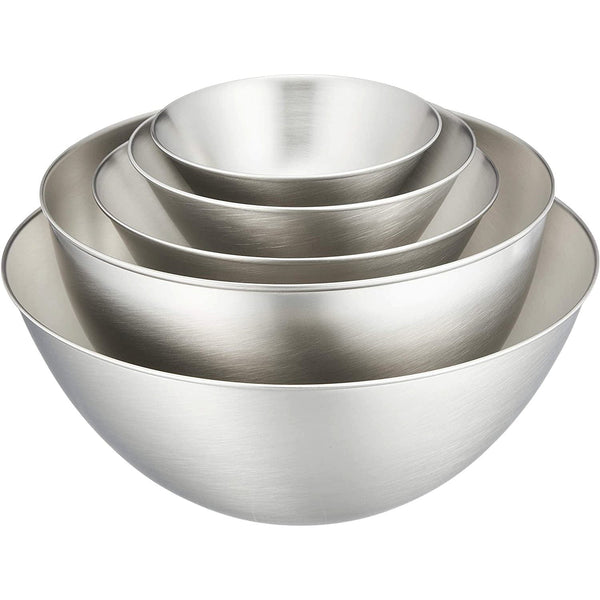
“Sata andagi” is an Okinawan traditional donut, and is sometimes referred to as “Okinawan Donuts” in English. Okinawan donuts have a unique crispy exterior and soft, fluffy interior.
Sata andagi was originally brought into Okinawa from China during the Ryukyu Dynasty Era. Therefore it is similar to the Chinese snack “Kaikosho” or “Kaikokyu”. The name “sata andagi” comes from the Okinawan dialect. “Sata” means “sugar”, “anda” means “oil” and “agi” means “to deep fry”, and Sata andagi is sometimes called “Tempura of sugar”.
The main ingredients of sata andagi are sugar, eggs, and cake flour. As you can see from the ingredients, sata andagi is quite a simple sweet and is similar to the plain donut. So, what is the difference between sata andagi and plain donuts?
Ingredients-wise, regular donuts require some sort of liquid like milk or water. However, the recipe for sata andagi does not require milk or water.
In addition, there is another point that differentiates sata andagi from a plain donut. That is the crack that you will see on the surface of sata andagi. This crack is said to be like a flower and is believed to bring happiness. There is also another story for this. It is also said that this “crack” (ware in Japanese) means “smile” (warai in Japanese). The similarity of these words reminds people of good luck. Thus, Sata andagi is known as a special snack that represents happiness and is given as a gift for happy occasions like weddings and birthdays.
Now, do you want to learn how to make Sata andagi? Here is our recipe for the plain flavored Sata andagi. Once you understand how to make basic Sata andagi, you can try using other ingredients like brown sugar, kabocha squash, sesame, kinako, and purple sweet potato and make your favorite sata andagi! We hope you’ll enjoy our recipe, and let us know if you try it in the comments below.
